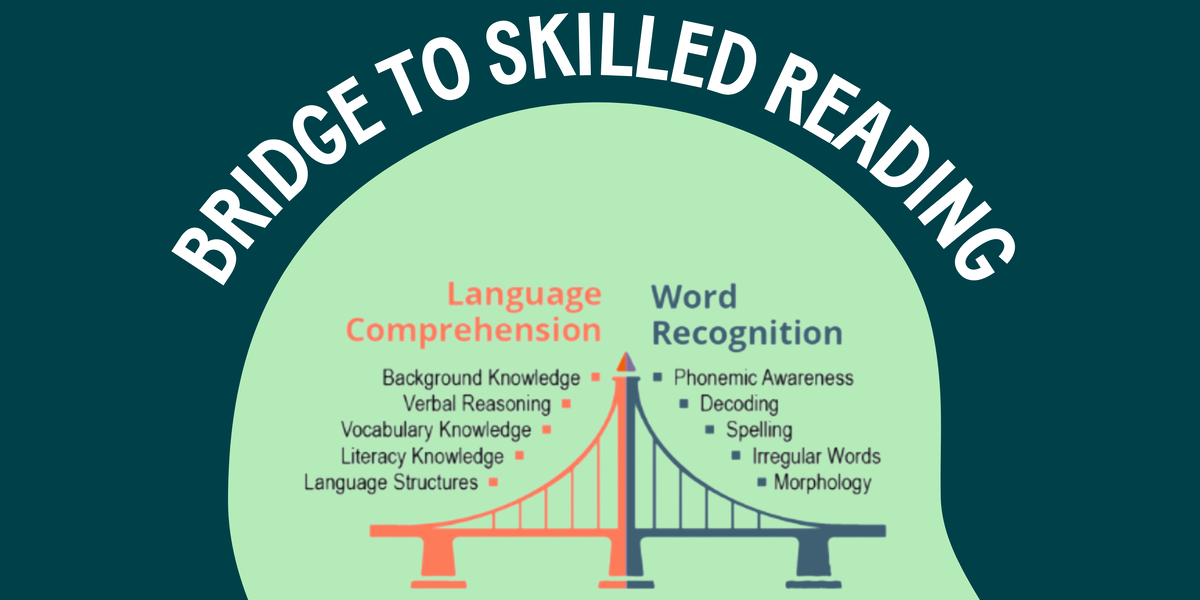Unlock Reading Success for Students with Dyslexia Using Readable English
Supporting students with dyslexia requires a specialized approach to help them build strong reading skills and gain confidence. Dyslexia, a...
K-12Discover how Readable English is transforming reading instruction |
PROGRESS MONITORINGEasily assess and monitor growth with data-driven insights and reporting tools |
PROFESSIONAL SERVICESDiscover the services that support your success, from virtual training to expert coaching |
INDIVIDUALSStrengthen your reading skills with an interactive app tailored to your learning needs |
PARENTSEmpower your child's reading journey with an interactive app and expert strategies for home support |
|

|
Rethinking Reading: How One District Transformed Instruction (SmartBrief)Discover how a bold shift in reading instruction helped struggling learners thrive - and the critical role Readable English played in their success.
|
RESEARCH & RESULTSExplore peer-reviewed studies and real-world case studies on Readable English in action |
BLOGExplore articles on feature highlights, research deep-dives, and the latest literacy insights |
EBOOKDownload the ebook Why Learning to Read English is So Hard and how to Make it Easier |
CUSTOMER STORIESDiscover how educators and administrators are transforming literacy with Readable English |
RESOURCE AND PRODUCT ENABLEMENT LIBRARYFind essential educational references and instructional materials to enhance teaching |
FAQSFind essential educational references and instructional materials to enhance teaching |
NEWS & EVENTSStay up to date with media coverage, webinars, and upcoming events featuring Readable English |
|
|
Rethinking Reading: How One District Transformed Instruction (SmartBrief)Discover how a bold shift in reading instruction helped struggling learners thrive - and the critical role Readable English played in their success. |
2 min read
%202.png) Tim Waldron
:
Jun 24, 2025
Tim Waldron
:
Jun 24, 2025
In education, ensuring that every child can read proficiently is a cornerstone of academic success. However, many students face significant challenges due to language barriers, learning disabilities like dyslexia, or other obstacles. The experiences shared by New Albany Schools in Mississippi from working with third-grade students highlights the transformative impact of Readable English, a tool that can significantly aid those struggling to read. The following insights are gleaned from the work of Gywn Russell (Former Principal and now Director of Curriculum), and Beth Matlock (Principal and Dyslexia Specialist) at New Albany Schools.
Working with a diverse group of third-grade students, including those repeating the grade, and Multi-Lingual Learners (ML) learners, revealed some profound insights. One particular example was a non-English speaking girl who initially struggled to understand essential words. However, she quickly caught on using Readable English, which integrates a pronunciation guide into every word. For example , when introduced to the word "cello" with the corresponding word marked up and a picture, she grasped its meaning and pronunciation. This quick adaptation underscores how Readable English can bridge the gap for ML students, making the learning process more intuitive and less daunting.

Another student, repeating the third grade due to failing the state Gate exam three times, faced confidence issues and a tendency to guess words based on initial letters. As a dyslexia therapist, the facilitator recognized this common mistake. By implementing Readable English, which encourages looking at the whole word (with an embedded pronunciation guide and the spelling intact), rather than just parts of it, the student's guessing habit was corrected. Over a few weeks she no longer resorted to guessing, her fluency improved significantly, boosting her confidence. She became a leader in her group, ultimately passing the Gate exam and gaining a sense of accomplishment and self-assurance.
A critical insight from working with students is building a solid fluency foundation. For third graders, narrowly meeting the basic reading level, continued support using Readable English can propel them to proficiency by the end of grade. This foundation is critical as it allows students to focus on vocabulary and comprehension once they can read fluently. Teachers often emphasize that getting students to read fluently enables them to engage deeply with the material during classroom instruction, enhancing overall learning outcomes.
Readable English does not aim to replace other educational strategies or content. It provides the essential scaffold , enabling students to read words effectively in any content area or setting. Once students learn the system, Readable English provides ongoing support that allows students to access and comprehend grade level content. Additionally, this approach allows students to receive comprehensive support both in specialized settings and in their regular classrooms.
Readable English provides a structured framework including four instructional phases. Phase 1 focuses on teaching the Readable English system. Phase 2 focuses on word attack skills, accuracy, and basic fluency. Phases 3 and 4 delve deeper into comprehension, writing, vocabulary, and advanced reading skills. Following this process systematically is essential to ensure students build a robust foundation before progressing to more complex tasks. This methodical approach has proven effective in quickly establishing fluency allowing for deeper learning and comprehension.
Readable English offers a promising solution for ML students, those with dyslexia, and any child struggling to read. Focusing on building a solid fluency foundation, and integrating seamlessly with existing educational practices, Readable English accelerates and empowers students to overcome reading challenges. The experiences shared from the classroom highlight how this tool can transform lives, helping students achieve academic success and build confidence in their abilities.
If you missed our webinar last week that highlighted the great work the team at New Albany is doing, here is a link to the recording. We encourage you to leave a comment, ask a question, or spark a discussion.
If you are interested in learning more about Readable English, please visit us at www.readablenglish.com and request a demo of our program.

Supporting students with dyslexia requires a specialized approach to help them build strong reading skills and gain confidence. Dyslexia, a...
.png)
A recent instructional report by Dr. Shawn Anthony Robinson from the University of Wisconsin–Madison’s Wei LAB shines a powerful spotlight on a...

Reading intervention for older students has long been one of the most challenging aspects of education. As highlighted in a recent article by The New...